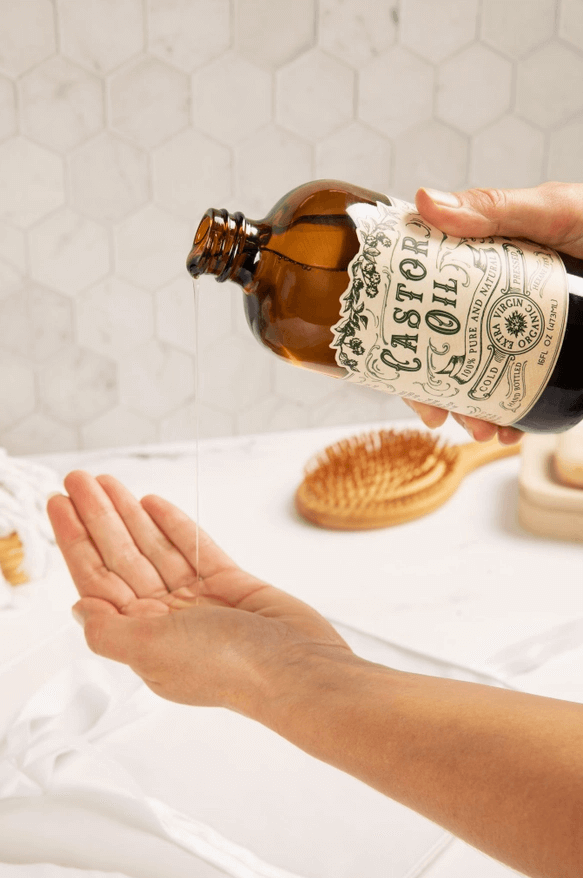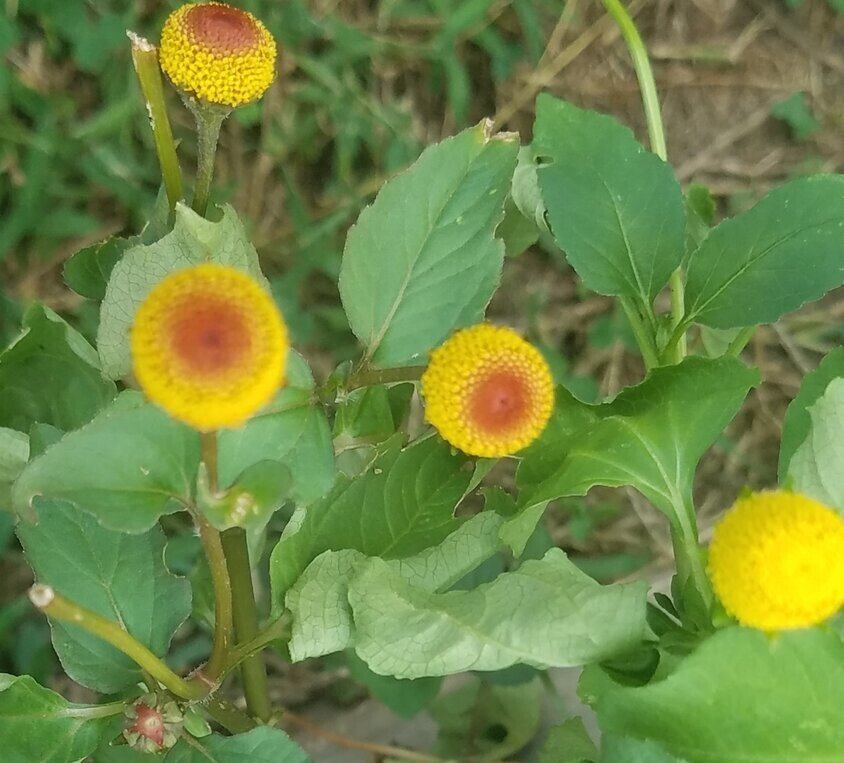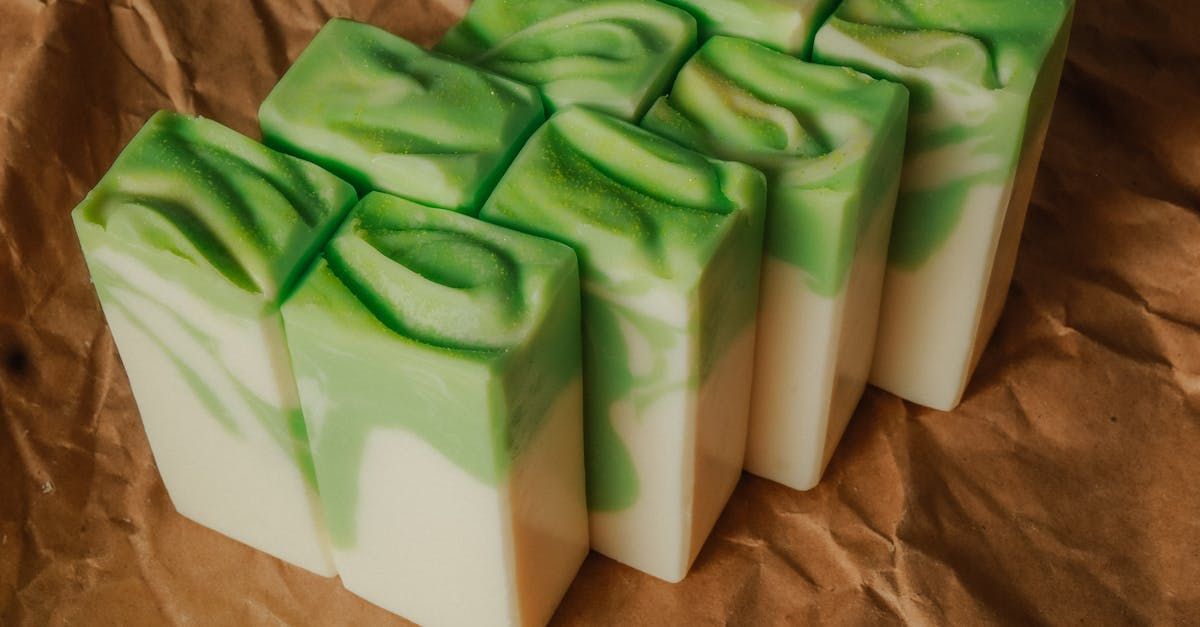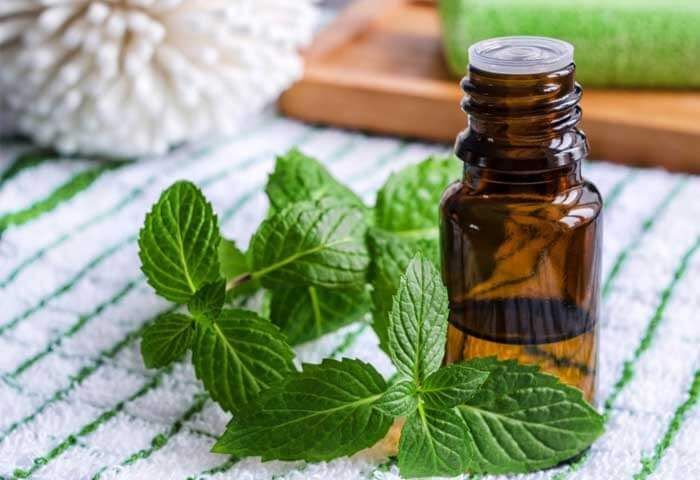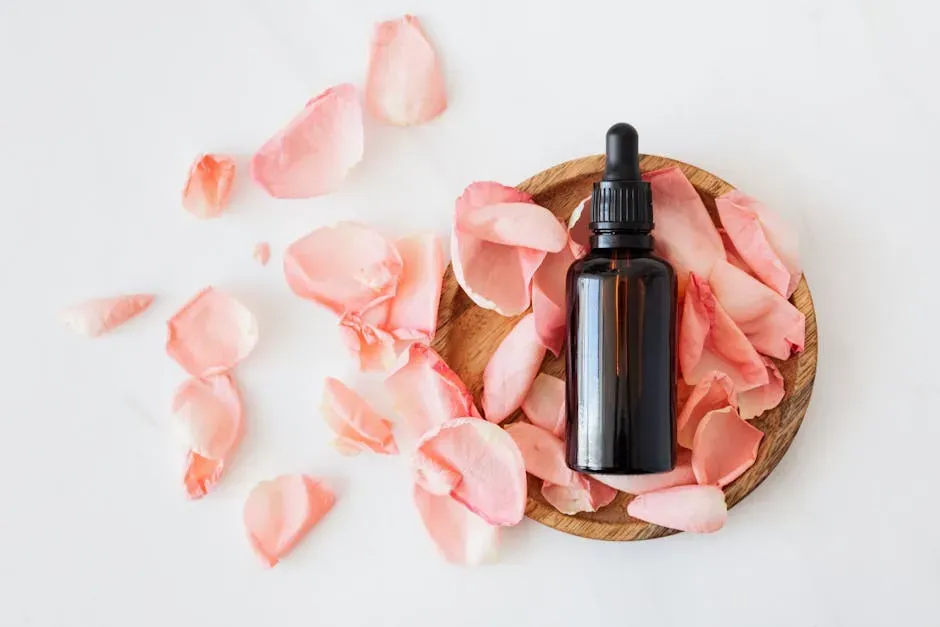Deadheads Deadheading
The Importance of Pruning in the Garden and in Life

Putting Jerry Garcia aside for a moment, deadheading is an essential but simple task that results in more and better blooms for our flowers. It’s one of the most dreaded tasks in the garden, but deadheading is a crucial part of keeping our plants healthy and blooming. Just like in life, redirecting our energy toward new growth is essential for maintaining balance and wellness. In this blog post, we'll discuss the importance of deadheading in both the garden and in life.
Deadheading is the gardening term used for the removal of faded or dead flowers from plants. Deadheading is generally done both to maintain a plant’s appearance and to improve its overall performance. Most flowers lose their attraction as they fade, spoiling the overall appearance of a garden or individual plants. As flowers shed their petals and begin to form seed heads, energy is focused on the development of the seeds, rather than the flowers. Regular deadheading, however, channels the energy into the flowers, resulting in healthier plants and beautiful, continuous blooms. Deadheading may feel like a tedious, never-ending garden chore, but the new blooms spawned from this task can make the extra effort well worth it.
Deadheading can be a helpful analogy for certain seasons of life. Just as flowers must be deadheaded to keep them looking their best, so too do we need to regularly prune ourselves to stay healthy and balanced.
Perhaps the hardest thing about deadheading is that it’s better to do it before the flower has shriveled and died. The goal is to redirect the plant’s energy as quickly as possible toward new growth. As in gardening, so in life. This often means that it’s better to cut off some habit or commitment even while it still retains much of its beauty. We may be tempted to let our faded flowers linger on a little longer, but if we are willing to prune away what no longer serves us, we are free to create more space for what does. It may be hard to let go, but in doing so we allow for new growth and possibilities. This is true of both plants and people.
It's obvious when it's time to deadhead in the garden, but it’s not always easy to know when it’s time for deadheading or pruning in life. Trust your intuition and if it feels like something has run its course, then it might be time for a little deadheading. Just when we think a season of our lives has come to an end, that seedling of faith emerges, urging us to redirect our focus and energy toward the new. May we all be courageous enough to heed its call.
Deadheading is one way to ensure that our gardens and lives stay healthy, balanced, and beautiful. So, the next time you feel overwhelmed or stuck, take a deep breath and get started on your deadheading! It may be hard, but it’s worth it.
Weeds also need to be dealt with before they have a chance to take over. Just like an uncontrolled weed can overtake a garden, so too can negative thoughts and emotions take over our lives if we don’t deal with them quickly.
Regularly tending to the weeds and deadheading the flowers in our lives is essential for maintaining balance and wellness. By regularly pruning ourselves – both physically and emotionally – we can keep ourselves looking and feeling our best. Life can be difficult, but it’s always more manageable when we take the time to redirect our energy positively.
So, next time you’re in your garden deadheading your faded flowers, remember that this is also an important metaphor for life. Be willing to prune yourself regularly – it will help you stay healthy and blooming! It’s not always easy, but by doing so we can channel our energy into healthier habits and pursuits – resulting in a more fruitful life.
What are some of the commitments or activities in your life that could use a little deadheading?
Share
A High Thyme FARMacy Blog
